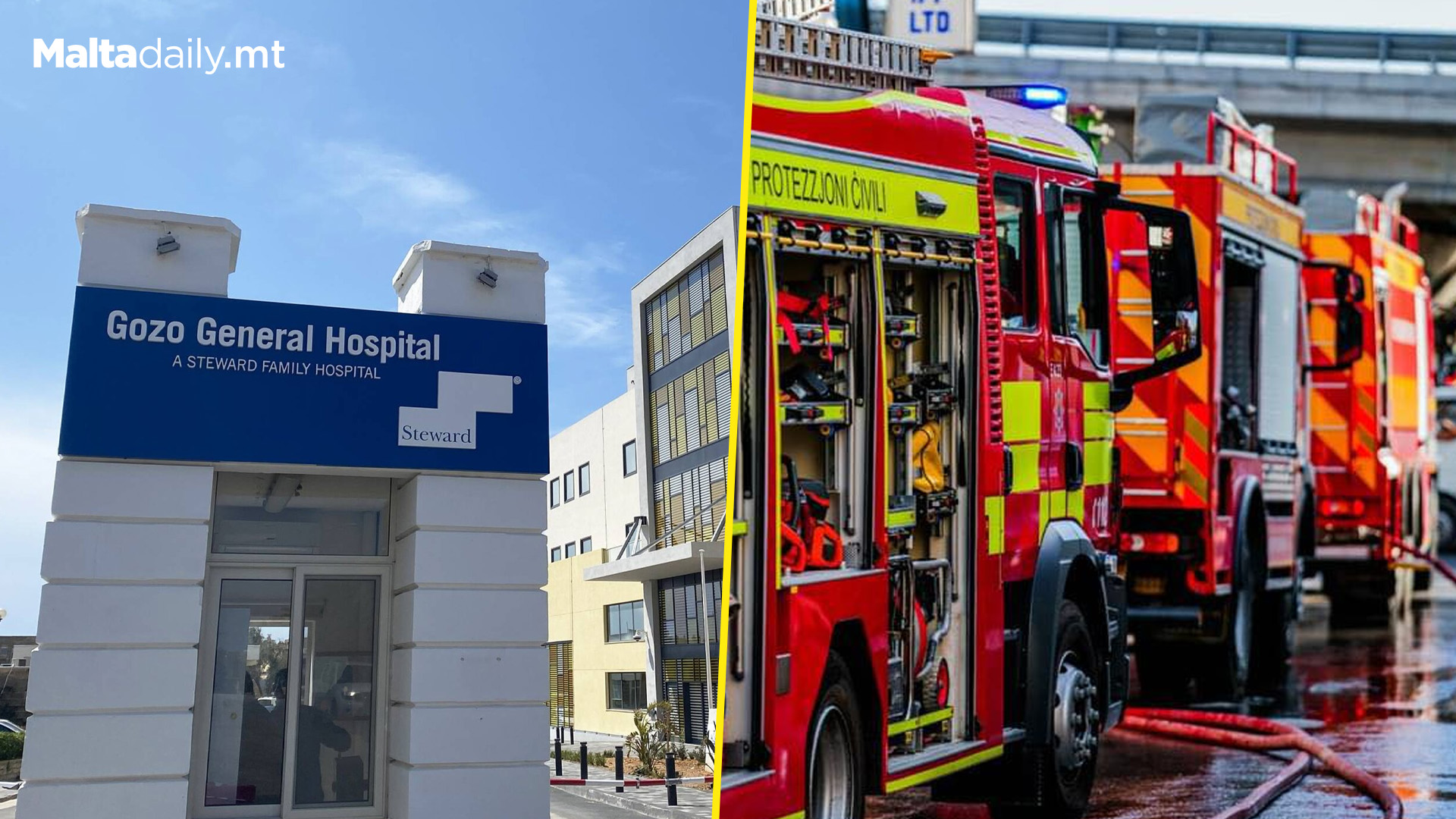
Malta is experiencing an alarming rise in greenhouse gas (GHG) emissions, leading the EU with an 8.8% increase from the first quarter of 2023 to 2024, according to Eurostat. While the EU aims to reduce emissions by 55% by 2030 (compared to 1990 levels), Malta’s target is more modest at -19% by 2030, using 2005 as a baseline. This recent surge raises serious concerns about the government’s ability to meet its climate goals within the next five years.
Friends of the Earth Malta’s climate coordinator, Dr Suzanne Maas, highlighted the country’s heavy reliance on fossil fuels, with only 13% of energy coming from renewable sources. Transport and buildings are the two largest contributors to Malta’s emissions. Transport accounts for 55% of energy demand, driven by the growing number of vehicles and a lack of focus on public and active transport. Buildings, which consume 45% of energy, are another significant factor, with insufficient measures in place to improve energy efficiency.
Although the government has established a Climate Action Authority, critics argue that projects such as the Msida flyover and the Gozo airport undermine real progress. There is a call for a shift towards a sustainable economic model that prioritises the environment and long-term quality of life.
#MaltaDaily














